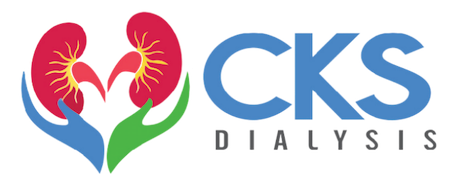The best type of long-term access is an AV fistula. A surgeon connects an artery to a vein, usually in your arm, to create an AV fistula. An artery is a blood vessel that carries blood away from your heart. A vein is a blood vessel that carries blood back toward your heart. When the surgeon connects an artery to a vein, the vein grows wider and thicker, making it easier to place the needles for dialysis. The AV fistula also has a large diameter that allows your blood to flow out and back into your body quickly. The goal is to allow high blood flow so that the largest amount of blood can pass through the dialyzer.
A person’s arm showing an AV fistula.
The AV fistula is a blood vessel made wider and stronger by a surgeon to handle the needles that allow blood to flow out to and return from a dialysis machine.
The AV fistula is considered the best option because it
provides highest blood flow for dialysis
is less likely to become infected or clot
lasts longer
Most people can go home after outpatient surgery. You will get local anesthesia NIH external link to numb the area where the vascular surgeon creates the AV fistula. Depending on your situation, you may get general anesthesia and not be awake during the procedure.
